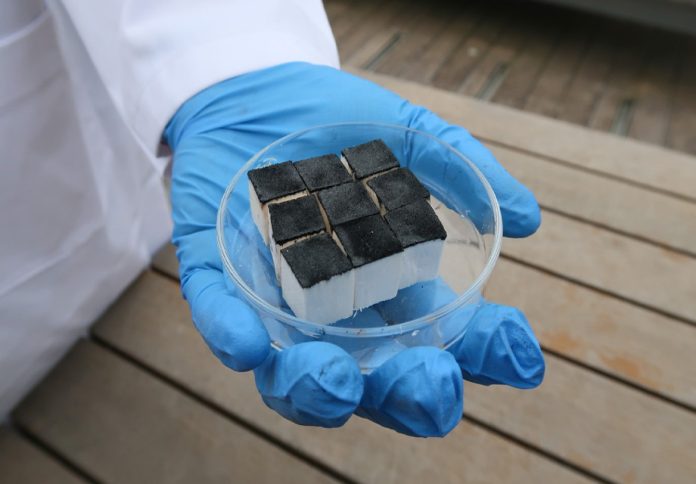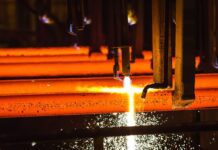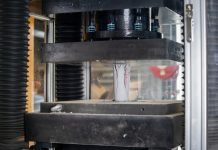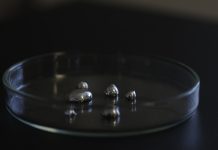
Engineers from Australia and China have developed a sponge-like device capable of capturing water from the air, even in low humidity conditions where other technologies have struggled.
This innovative device, powered by the sun, absorbs moisture from the atmosphere and releases it into a cup, offering a potential solution to water scarcity issues, the university reported in a news release.
The device, which operates effectively across a wide range of humidity levels (30-90 per cent) and temperatures (5-55 degrees Celsius), relies on a modified version of refined balsa wood.
Senior researcher Dr Derek Hao from RMIT University in Melbourne, a materials scientist and environmental engineer, explained that the wood’s naturally spongy structure was enhanced to absorb water and release it on demand.
“Our team has invented a device comprising wood’s spongy scaffolding, lithium chloride, iron oxide nanoparticles, a carbon nanotube layer and other specialised features,” Hao said.
In laboratory tests, the device absorbed about 2 milliliters of water per gram of material at 90 per cent relative humidity and released nearly all of it within 10 hours under sun exposure.
The team also found that in outdoor tests, the device absorbed 2.5 milliliters of water per gram overnight, achieving a daily water collection efficiency of 94 per cent. At 30 per cent humidity, it absorbed about 0.6 milliliters per gram.
The wood-based material not only offers cost efficiency but also enhances water transport through its porous structure.
“These features enable the material to be manufactured in large quantities and deployed in real-world applications such as water collection in remote or arid regions,” he said.
While the device is still in the early stages of development, the team believes it has potential applications in emergency situations, such as disaster-stricken areas where traditional water sources are compromised.
Dr Hao emphasised the device’s scalability and affordability, noting that the main component, balsa wood, is biodegradable, inexpensive, and widely available.
This could enable mass production of the device, making it a cost-effective solution for water collection.
The device’s solar-powered design, combined with its portability, makes it particularly suited for off-grid use, and the team is exploring ways to integrate it into modular water-from-air systems.
Future enhancements, including the use of solar panels and thermal energy storage, could provide continuous operation, even in areas with intermittent sunlight. Additionally, incorporating Internet of Things sensors could further optimize the water harvesting process.
The research, titled Development and Characterisation of Novel Wood-Based Composite Materials for Solar-Powered Atmospheric Water Harvesting: A Machine Intelligence Supported Approach, was conducted in collaboration with five Chinese research institutions and led by Dr Junfeng Hou from Zhejiang A&F University.
The study is published in the Journal of Cleaner Production.



















